
The silkworm is the larva or caterpillar of the domestic silkmoth, Bombyx mori. It is an economically important insect, being a primary producer of silk. A silkworm's preferred food is white mulberry leaves, though they may eat other mulberry species and even osage orange. Domestic silkmoths are closely dependent on humans for reproduction, as a result of millennia of selective breeding. Wild silkmoths are different from their domestic cousins as they have not been selectively bred; they are not as commercially viable in the production of silk.

Morus, a genus of flowering plants in the family Moraceae, comprises 10–16 species of deciduous trees commonly known as mulberries, growing wild and under cultivation in many temperate world regions.

Edward Digges was an English barrister and colonist who served as Colonial Governor of Virginia from March 1655 to December 1656. He was the son of the English politician Dudley Digges. He invested heavily in planting mulberry trees and promoting the silk industry in the colony, in recognition of which he was appointed auditor-general of Virginia.

Samia cynthia, the ailanthus silkmoth, is a saturniid moth, used to produce silk fabric but not as domesticated as the silkworm, Bombyx mori. The moth has very large wings of 113–125 mm, with a quarter-moon shaped spot on both the upper and lower wings, whitish and yellow stripes and brown background. There are eyespots on the outer forewings. The species was first described by Dru Drury in 1773.

Soufli is a town in the Evros regional unit, Greece, notable for the silk industry that flourished there in the 19th century. The town stands on the eastern slope of the twin hill of Prophet Elias, one of the easternmost spurs on the Rhodope Mountains. It is situated in the center of the Evros regional unit, 65 km north of Alexandroupoli and 50 km southwest of Orestiada, on Greek National Road 51/E85 which links Alexandroupoli with Edirne and the Bulgarian border at Ormenio. The town center is only 500m from the Evros River. Soufli is the seat of the municipality of Soufli.
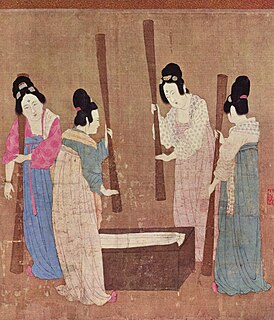
The production of silk originates in China in the Neolithic. Silk remained confined to China until the Silk Road opened at some point during the later half of the 1st millennium BC. China maintained its virtual monopoly over silk production for another thousand years. Not confined to clothing, silk was also used for a number of other applications, including writing, and the color of silk worn was an important guide of social class during the Tang dynasty.

Thai silk is produced from the cocoons of Thai silkworms. Thailand's silkworm farmers cultivate both types of the domesticated silkworms that produce commercial silk: Samia ricini, commonly known as the eri silkworm, which produces matte eri silk, and the Bombyx mori, producer of the better known, glossy mulberry silk. The latter is by far the larger silk producer of the two.
Rancho Jurupa was a 40,569-acre (164.18 km2) Mexican land grant in California, United States, that is divided by the present-day counties of Riverside and San Bernardino. The land was granted to Juan Bandini by Governor Juan B. Alvarado in 1838. Located along both banks of the Santa Ana River in southern California, the rancho included much of the land in the present day city of Jurupa Valley, as well as the downtown area in the city of Riverside.
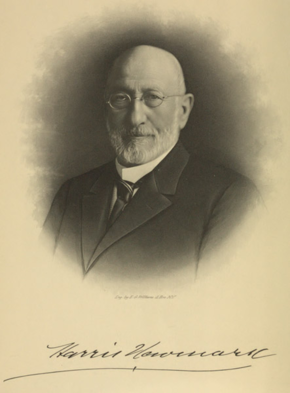
Harris Newmark was a Prussian-American businessman, philanthropist, and historian. Born in Löbau in Province of Saxony Newmark emigrated to the United States in 1853, sailed from Europe to New York City to San Francisco, and finally settled in Los Angeles. The Newmark clan was one of the founding families of the Los Angeles area.

Chinese Historical Society of Southern California is located in Los Angeles Chinatown, at 415 Bernard Street. Its Chinatown Heritage & Visitors Center is open to the public. It was started by Paul Louie, William Mason, and Paul De Falla, with the organizing meeting held at Cathay Bank on November 1, 1975.
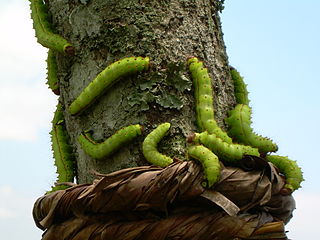
Wild silks have been known and used in many countries from early times, although the scale of production is far smaller than that from cultivated silkworms.

The following outline is provided as an overview of and topical guide to the U.S. state of California.

Mulberry Grove Plantation, located north of Port Wentworth, Chatham County, Savannah, was a rice plantation, notable as the location where Eli Whitney invented the cotton gin.

Tussar silk is produced from larvae of several species of silkworms belonging to the moth genus Antheraea, including A. assamensis, A. mylitta, A. paphia, A. pernyi, A. roylei and A. yamamai. These silkworms live in the wild forests in trees belonging to Terminalia species and Shorea robusta as well as other food plants like jamun and oak found in South Asia, eating the leaves of the trees they live on. Tussar silk is valued for its rich texture and natural deep gold colour, and varieties are produced in many countries, including China, India, Japan, and Sri Lanka.

Silkville is a ghost town in Williamsburg Township, Franklin County, Kansas, United States. Its elevation is 1,161 feet (354 m), and it is located at 38°27′0″N95°29′21″W, along U.S. Route 50 southwest of Williamsburg.
Rancho Temescal was a Mexican land grant in present-day Temescal Valley in Riverside County, California, granted by Governor José María de Echeandía in 1828 to Leandro Serrano.
Kumejima-tsumugi (久米島紬) is the Japanese craft of silk cloth practised in Kumejima, Okinawa Prefecture. Kumejima tsumugi has the longest history of the approximately two hundred forms of tsumugi, and is the oldest kasuri fabric. It is recognised as one of the Important Intangible Cultural Properties of Japan.
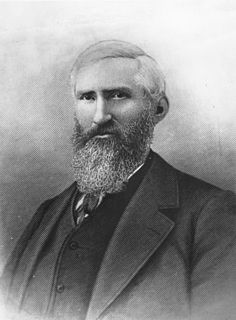
John Reid Wolfskill was a California pioneer who helped establish development of California's agricultural industry in the Sacramento Valley in the 19th century. In 1842, Wolfskill was the first settler to plant vineyards and fruit trees there. Born in the Bluegrass region of Kentucky and a pioneer of Solano County, "he was the first English speaking man to settle in the area around what is now Winters, California".
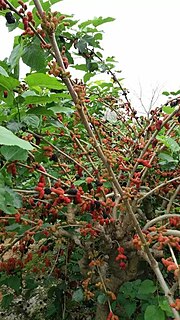
Mulberry Park (Guangdong), located in Huadu District of Guangzhou City, Guangdong Province, China, is a tourist attraction which was set up in 2007 with registered capital of one million yuan. It is an exclusively-invested enterprise set and managed by The Institute of Guangdong Academy of Agricultural Sciences, which focuses on agricultural processing, sericulture, and mulberry culture. And it is the first new ecotourism demonstration base in China.





















